#birds of central america
Text
BOTD: Tody Motmot

Photo: Salvador Poot Villanueva
"Small and infrequently seen bird of shady forest understory in humid tropical lowlands. Rather inactive. Sits quietly, mainly at low to middle levels, and occasionally wags its tail slowly. Usually not seen until flushed, when flies off with a low whirr of wings. Note the overall drab greenish plumage with a rusty cap and bushy whitish whisker marks. Much smaller than other motmots and lacks the racket tail tips of most larger motmot species."
- eBird
#birds#tody motmot#birds of north america#north american birds#motmots#birds of mexico#birds of central america#birding#bird watching#birdblr#birblr#bird of the day#Hylomanes momotula
23 notes
·
View notes
Text
BOTD: White-Necked Jacobin
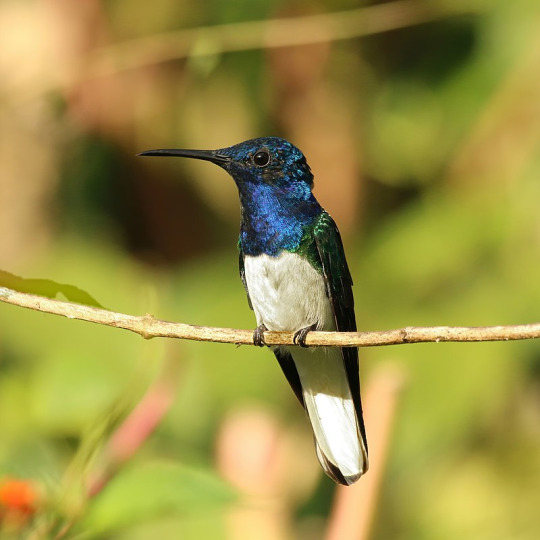
^Image credit: Charles J. Sharp
White-Necked Jacobin (Florisuga mellivora)
The White-Necked Jacobin was first described in 1743 by the English naturalist George Edwards in A Natural History Of Uncommon Birds. He used the name 'white-belly'd huming bird'. It is typically seen high in trees, but flies lower at forest edges and clearings.
#white-necked jacobin#white necked jacobin#jacobin#hummingbirds#hummingbird#florisuga mellivora#birds of mexico#birds of central america#birds of brazil#birds of peru#birds of bolivia#tropical birds#bird taxonomy#birding#bird facts#bird fact#bird#birds#bird of the day#ornithology
83 notes
·
View notes
Text

Yellow-thighed Finch (Pselliophorus tibialis), family Passerellidae, Costa Rica
photograph by Carlos Bolaños
8K notes
·
View notes
Text
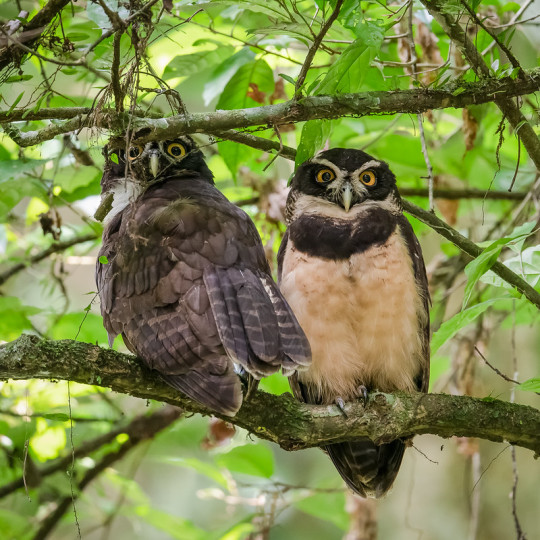
A pair of spectacled owls (Pulsatrix perspicillata) sit in a tree in Costa Rica
by Daniel Parent
#spectacled owl#owls#raptors#birds#pulsatrix perspicillata#pulsatrix#strigidae#strigiformes#aves#chordata#wildlife: costa rica#wildlife: central america
744 notes
·
View notes
Text

Olive-throated Parakeet
#original photographers#nature#beautiful#nature photography#walking in nature#bird photography#birdblr#birding#birds of north america#bird#birds#birdwatching#bird art#birbs#parakeet#olive-throated parakeet#belize#central america#belize city#parrot#my photos#female photographers#nature photo art#original photography on tumblr#photographers on tumblr#photography#photooftheday#travel photography#photograph#photographer
37 notes
·
View notes
Photo
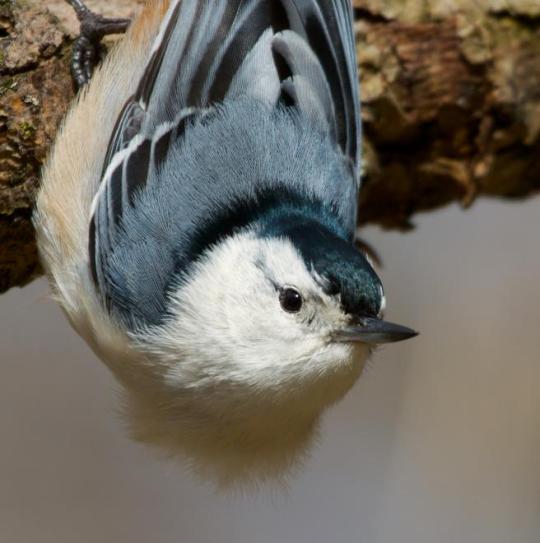



Going Nuts for the White-Breasted Nuthatch
requested by @crazychooklady
Common throughout woodlands southern Canada, the United States, and Mexico, the white-breasted nuthatch (Sitta carolinensis) is a small passerine bird known primarily for its ability to climb down trees headfirst. It inhabits deciduous, mixed, and evergreen forests, as well as wooded parks and some urban areas-- anywhere with trees suitable for nesting. S. carolinensis uses pre-existing holes, usually those made by other birds, rather than building their own. They don’t migrate, but rather males guard their own separate territories and mates year round.
The white-breasted nuthatch is a long-term monogamous species; once pairs form, they stay with each other until one member dies, although extra-pair matings with is common for both sexes. The breeding season can occur any time from April to July, depending on the population’s region, and usually lasts about two months. Unpaired males sing to attract potential mates, and paired couples begin preparing their nest hole with fur and plant material. The female lays between 5 and 9 eggs, which she incubates while the male brings her food. After 13-18 days the eggs hatch, and both parents provide their young with food until they fledge about a month later. Fledglings will stay with their parents for another 2-4 weeks before leaving to find territories and mates of their own.
On the whole they are solitary birds, but in the winter, S. carolinensis can sometimes be seen in mixed flocks with titmice and chickadees. This is likely to increase the chances of escaping predators, which include owls and hawks. Woodpeckers, squirrels, and climbing snakes will also go after eggs and nestlings. One unique trick white-breasted nuthatches use to protect their nests from these predators is wiping the entrance to their tree hole with a piece of fur or leaves every time they leave to obscure their scent. Their foraging style is also very singular; crawling up and down trees and even upside down on branches to search for seeds and insects.
Of the three nuthatch species, the white-breasted nuthatch is squarely in the middle in terms of size. They typically measure 13-15cm in length, with a wingspan of 20-27cm and weighing 18-30g. The bill is long, thin, and slightly upturned to help S. carolinensis forage under bark while upside down. Their back is a distinct grey-blue, and the wings and tail are a mix of black, grey, and white. A black crown caps their forehead, and the cheeks and belly are white as the name suggests. There are 9 subspecies across north America, distinguished mainly by color variations and the degree of sexual dimorphism.
Conservation status: Due to its large population, at an estimated 10 million individuals, and signs that this population is growing, the white-breasted nuthatch is rated as Least Concern by the IUCN. However, in areas where increased foresting has removed trees suitable for nesting populations have begun to decline.
Joan Tisdale
Dennis Allard
Tom Gray
Matt MacGillivray
#white-breasted nuthatch#Passeriformes#sittidae#nuthatches#perching birds#birds#deciduous forests#deciduous forest birds#evergreen forests#evergreen forest birds#mixed forests#mixed forest birds#urban fauna#urban birds#north america#central america#animal facts#biology#zoology#requested
547 notes
·
View notes
Text

Happy Feathursday!
Resplendent quetzals (Pharomachrus mocinno) are the emerald jewels of the Central American forests. Often considered one of the most beautiful birds in the world, these iridescent bright green quetzals were revered in Aztec and Mayan cultures. They are the national animal of Guatemala, and a male with its iconic tail feathers appears on the Guatemalan flag.
SciArt by John Gould and William Hart for Gould's Monograph of the Trogonidae, or Family of Trogons, Pt. 3 (1875). View more in the Biodiversity Heritage Library with thanks to the Ernst Mayr Library of the Harvard Museum of Comparative Zoology for digitizing.
#Feathursday#resplendent quetzal#resplendent quetzals#quetzals#quetzal#Central America#ornithology#birds#Guatemala#SciArt
314 notes
·
View notes
Text
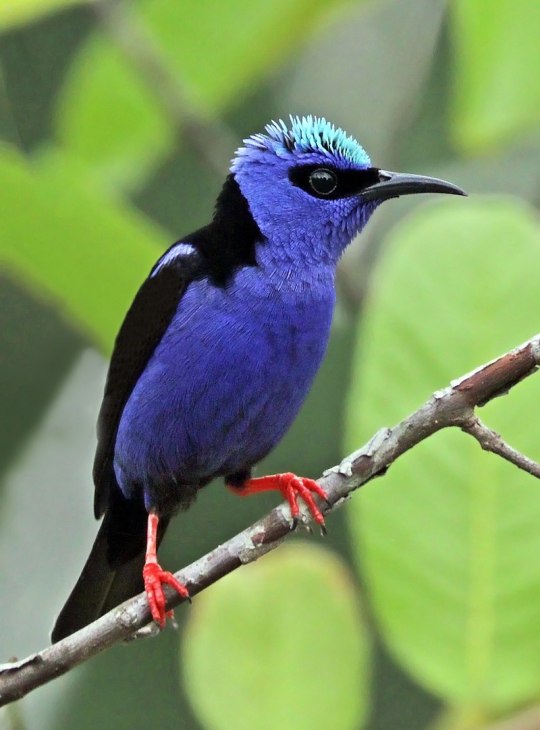
Red-legged honeycreeper (Cyanerpes cyaneus carneipes), male, Soberania National Park, Panama
photograph by Charles J. Sharp | Wikipedia CC
61 notes
·
View notes
Text

Magnolia warblers, like many other neotropical songbirds, migrate from their breeding grounds in the boreal forest to their wintering grounds in Central and South America.
Dopeyden / Getty Images
#dopeyden#photographer#getty images#magnolia warbler#warbler#animal#bird photography#neotropical songbird#central and south america#boreal forest#forest#nature
18 notes
·
View notes
Text

608
#original photography on tumblr#original photographers#original photographs#original photography#travel photography#travel#streetphoto#street photography#blackandwithephotography#black and white#bnwphotography#bnw#parque central de alajuela#alajuela#costa rica#central america#pura vida#park#pigeons#birds#streets#city photography#urban photography#urban#cityphotography#my photos#photography#my photography#photo#cityscape
18 notes
·
View notes
Text
BOTD: Black-and-white Becard

Photo: David F. Belmonte
"Small becard occurring from Venezuela to Peru, mainly on the east slope of the Andes, and disjunctly in Costa Rica and Panama. Mostly found in foothills, in middle to upper levels of humid montane forest. Also note voice: song a slow series of one or several sweet downslurred whistles followed by an upslurred whistle, often repeated two or three times."
- eBird
#birds#black and white becard#birds of north america#north american birds#birds of central america#becards#passerines#birding#birdblr#birblr#bird watching#bird of the day#Pachyramphus albogriseus
17 notes
·
View notes
Text
BOTD: Lesser Scaup

^Image credit: Basar
Lesser Scaup (Aythya affinis)
The Lesser Scaup (adult female pictured) is extremely visually similar to the Greater Scaup, which it forms a superspecies with. Despite having the largest population of any diving duck species in North America their population has been declining steadily since the mid-1980's, with indications that their breeding success is decreasing, though exactly why remains uncertain.
#lesser scaup#scaup#aythya affinis#birds of north america#birds of america#birds of central america#diving ducks#ducks#duck#water birds#bird endangerment tw#bird facts#bird fact#ornithology#birding#birdwatching#bird#birds#birdwatch
65 notes
·
View notes
Text
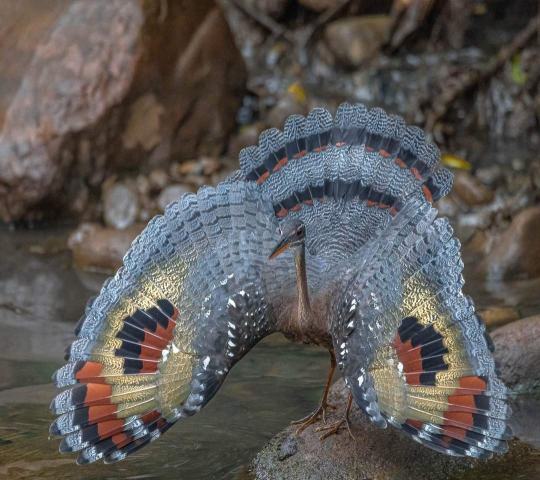
Sunbittern (Eurypyga helias), family Eurypygidae, order Eurypygiformes, found in Central and South America
This bird is the only member of its family. Its closest living relative is the Kagu of New Caldeonia.
Photograph by Luis Ricardo Rojas
#sunbittern#eurypyga#wading bird#eurpygidae#eurypygiformes#bird#ornithology#central america#south america#nature#animals
3K notes
·
View notes
Text
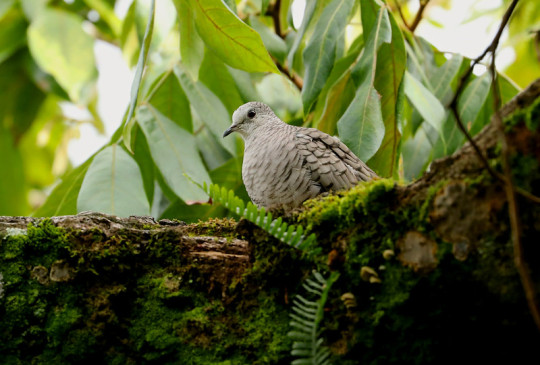
An Inca dove (Columbina inca) in Costa Rica
by Paul
#inca dove#mexican dove#doves and pigeons#birds#columbina inca#columbina#columbidae#columbiformes#aves#chordata#wildlife: costa rica#wildlife: central america#request
189 notes
·
View notes
Text
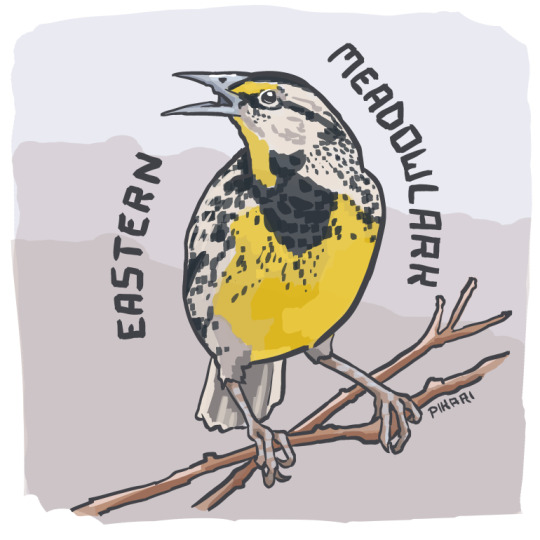
Pay the seed tax and you shall pass.
Eastern Meadowlark (Sturnella magna)
Eastern North, Central, and South America
Status: Near Threatened
Threats: loss of farmland habitat
#bird#bird art#birds of tumblr#meadowlark#blackbird#passerine#songbird#north america#south america#central america
5 notes
·
View notes
Photo
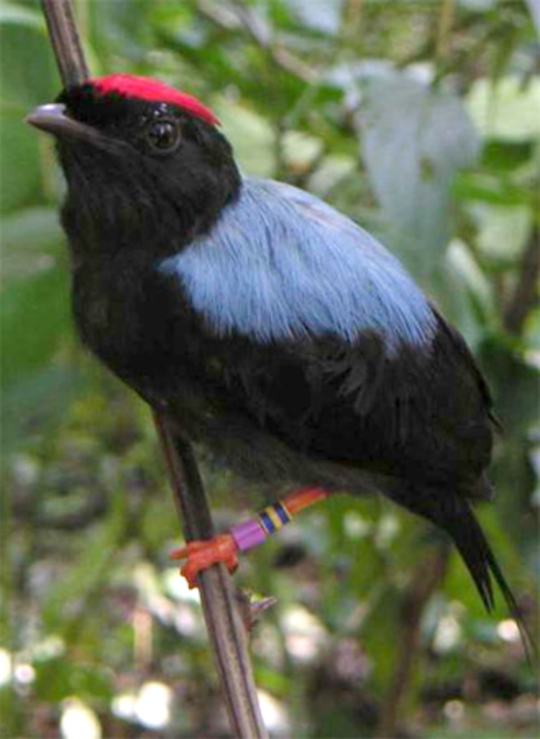

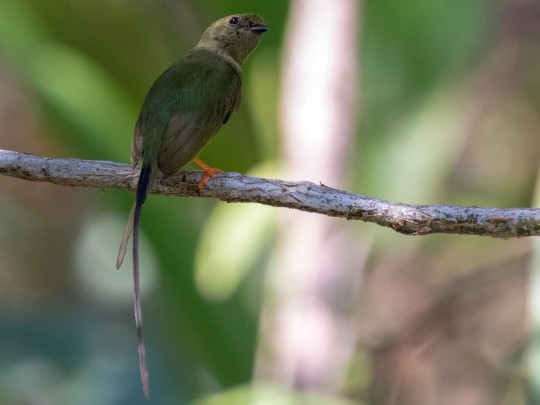
Long-Tailed Manakins: The Ultimate Wingmen
Long-tailed manakins (Chiroxiphia linearis) are members of the manakin family Pipridae, a group of 54 passerine species. The manakins are often assocaited with other birds of paradise, due to their bright coloration and unique mating rituals. They are found only along the western coast of Central America, from Oaxaca, Mexico to northwestern Costa Rica, typically in tropical montane, moist, and dry forests.
C. linearis is larger than other manakins, about 10 cm (3.9 in) long and weighs 18 g (0.63 oz). Males have a black body with a bright blue back and a red cap, long pointed tail feathers, and orange feet. Females and immature birds are olive green, to better blend in with the canopy and avoid potential predators. The long-tailed manakin shares a close resemblance with four other manakin species, though their ranges don’t overlap.
Long-tailed manakins begin life in clutches of one or two eggs, which is carefully tended by their mother. Incubation lasts about three weeks, and hatchlings take another two weeks to leave the nest. Individuals take between three to five years to reach sexual maturity. Males spend most of this time, and the following adult years, practicing their courtship routine. Eventually they form a duet or trio with other, usually older, male long-tailed manakins, and perform from March through September. If they manage to inherit a position leading one of these groups and a female chooses them, the lucky guy mates with her once before going right back to his routine. These birds can live up to twelve years in the wild.
The mating ritual of C. linearis is noted for both its complexity and its unusual social foundation. Males in groups of two or three find a relatively horizontal branch in an open clearing and begin calling to attract a female. Once a female is in the vicinity-- or even if there’s not-- the group begins to perform. One by one they jump into the air, hover, then touch back down. In one variation of this dance, individuals land in the same spot and bounce quickly off again, while in the second variation they quickly rotate along the branch; all this is done while chirping in a loud, almost mechanical fashion. Once this sequence is concluded, the two ‘wingmen’ leave and the leader of the group performs a solo version of the same routine. If successful, only he is allowed to mate. Long-tailed manakin males can take up to eight years to perfect this routine, and most stay in the same groups throughout. One only inherits the alpha role when the current alpha dies or is no longer fit to mate.
Because they spend so much time practicing, performing, or chosing a mate, long-tailed manakins only forage for about an hour a day. During this time they eat lots of fruit, along with the occasional insect. Adults are typically left alone by predators, but eggs and young are often preyed upon by snakes, oppossums, monkeys, and lizards.
Conservation status: Long-tailed manakins have a relatively large range and stable population, so the IUCN has rated them Least Concern. Their primary threat is habitat loss; though they are pretty birds, they are difficult to rear in captivity and are not popular pets.
If you like what I do, consider leaving a tip or buying me a ko-fi!
Photos
Alejandra Echeverri
Emily Duval
Kenneth Reyes via eBird
youtube
#long-tailed manakin#Passeriformes#Pipridae#manakins#birds of paradise#perching birds#birds#tropical forests#tropical rainforests#mountains#central america#western central america#biology#zoology#animal facts
106 notes
·
View notes